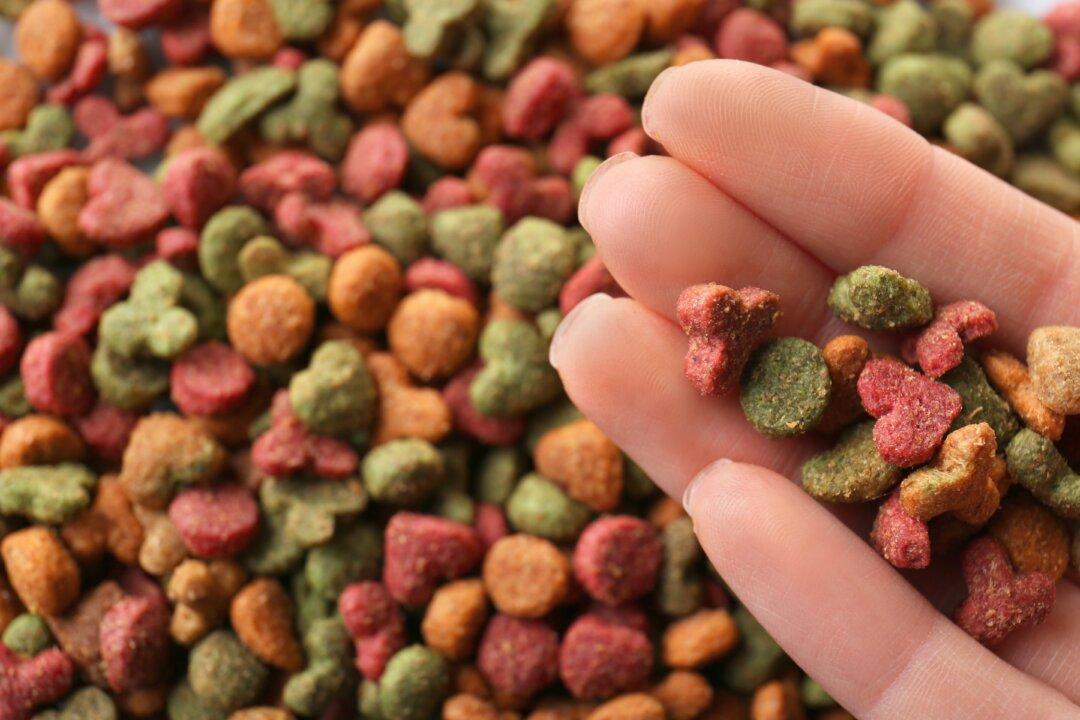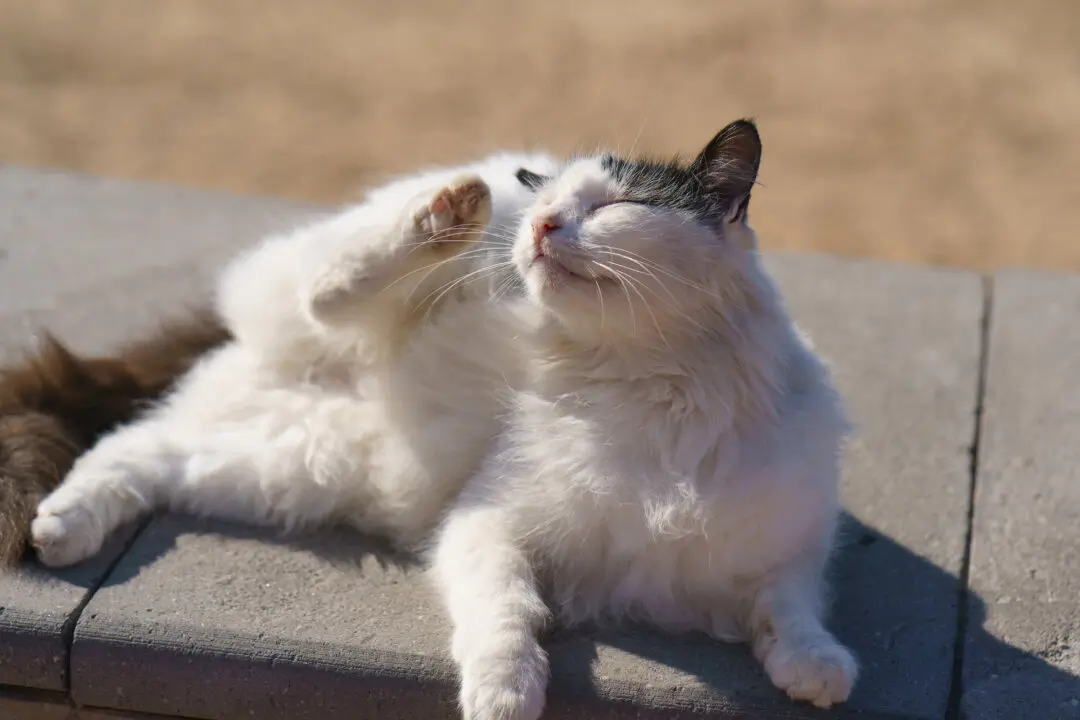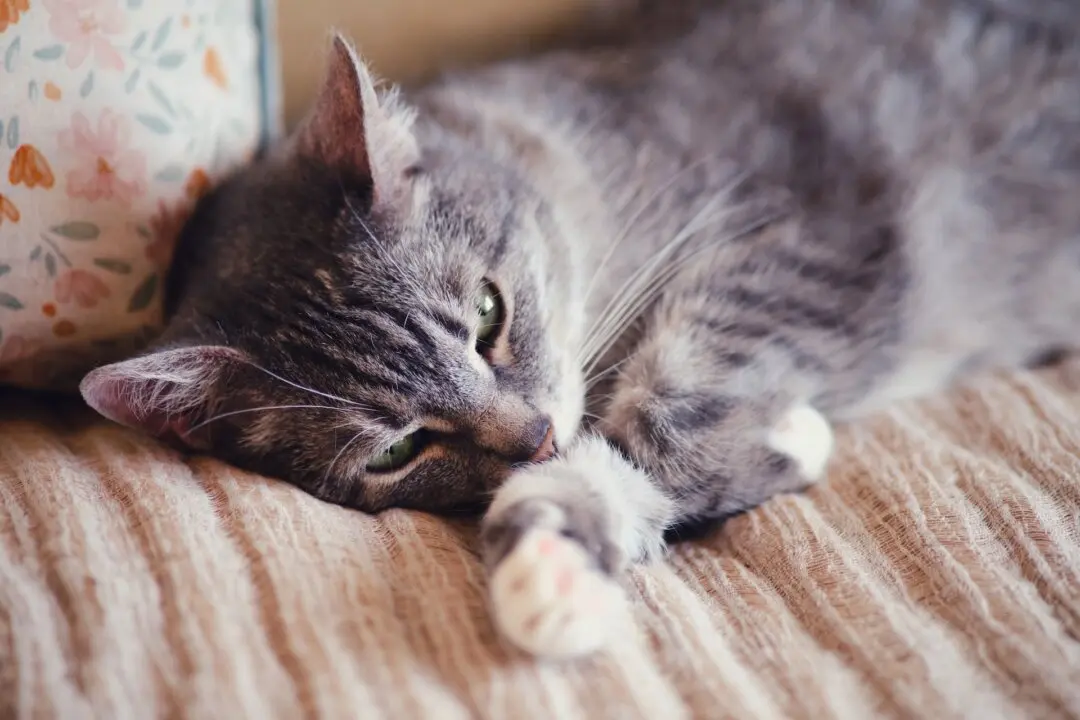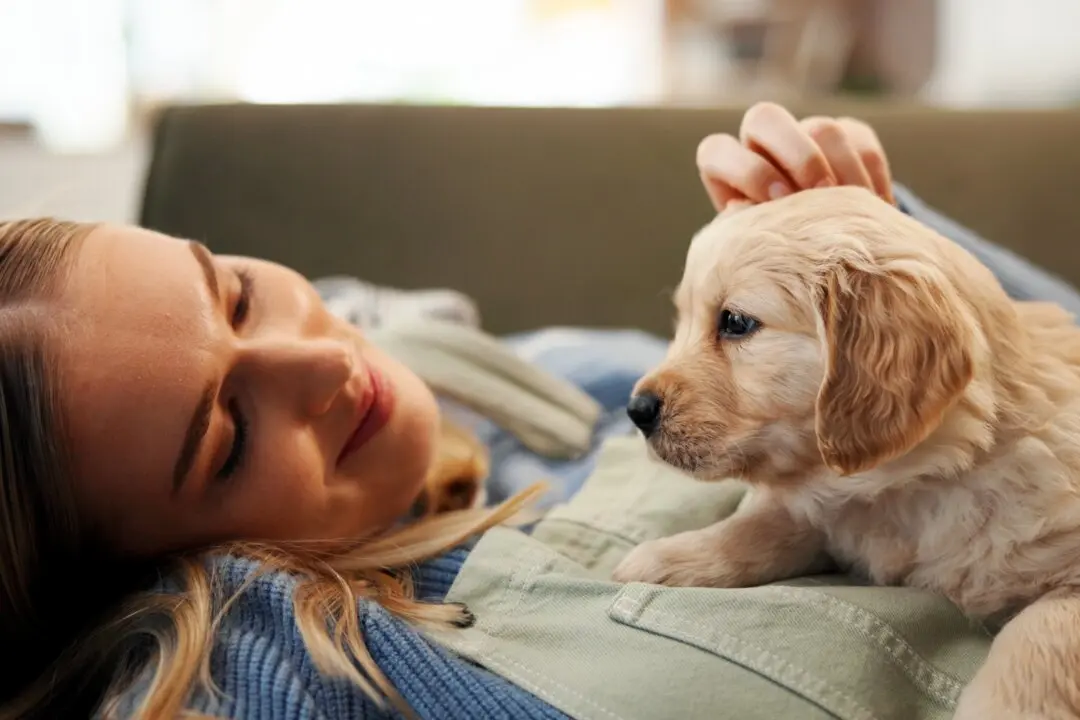Q: Why should I buy processed food full of chemicals for my cat when we humans are encouraged to eat unprocessed foods? What do you think of homemade diets for cats?
A: Human processed food is designed to be tasty, quick, and easy to prepare; less expensive than meats and produce; and capable of a long shelf life. In contrast, pet food was invented to provide a complete and balanced diet within a single product.





